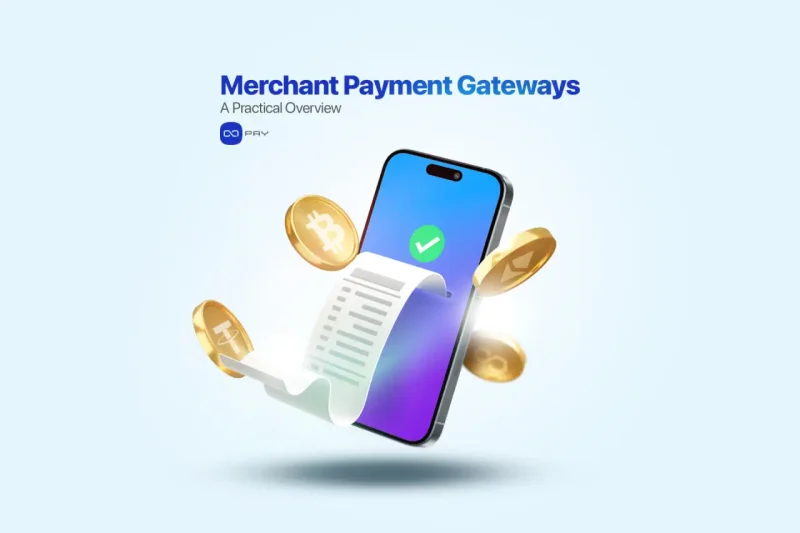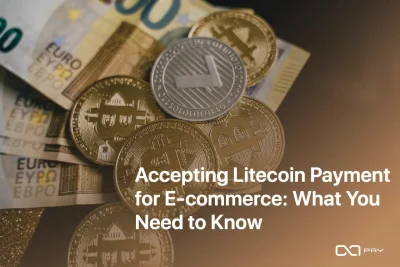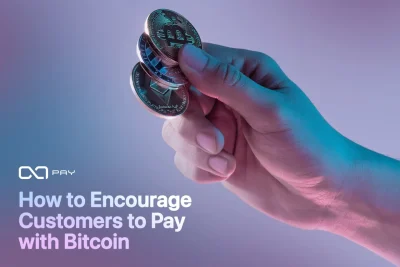Merchant payment gateways have evolved into essential infrastructure for modern businesses. They provide the logic, automation, and flexibility required to manage transactions efficiently, across platforms, currencies, and use cases. This guide explores their role in enabling smarter payment flows, reducing manual overhead, and supporting scalable operations.
Who Is the Merchant in the Payment Chain?
Many assume a merchant is just a seller. But in the context of payments, the merchant is the operational backbone of any financial infrastructure. It is the entity that:
- Initiates and manages payment requests
- Requires real-time confirmations and compliance
- Depends on clear cash flow and auditability
🎯 Why It Matters
The merchant doesn’t just “receive” funds, they automate billing, track invoices, issue refunds, detect fraud, and monitor treasury behavior.
📦 Example
In a software-as-a-service (SaaS) platform, the merchant is the service provider who needs to know when a user’s payment clears to activate access immediately.
Merchant Payment vs. Peer-to-Peer Transfers
While peer-to-peer (P2P) payments are simple and direct, merchant payments involve more structured and automated processes.
🔍 Key Differences:
- Purpose: P2P is for casual transfers; merchant payments are tied to business transactions.
- Requirements: P2P doesn’t require tracking or compliance. Merchant payments need traceability, confirmation logic, and reconciliation.
- Outcome: P2P is a one-time event. Merchant payments are part of a system, linked to inventory, delivery, and accounting.
🛠️ Merchant Payments Require:
- Structured metadata (order ID, customer ID)
- Integration with backend systems
- Consistent behavior across payment attempts and failures
📦 Example:
A freelancer may use P2P to receive a tip, while an online store needs a payment that triggers an order confirmation, updates inventory, and sends a receipt.
What Is a Merchant Payment Gateway?
A merchant payment gateway is more than just a technical bridge to receive payments. It is a strategic infrastructure designed specifically around the operational needs of a business.
Unlike general-purpose gateways that focus on the payer experience, a merchant gateway serves the operator, the one who needs automation, accuracy, and accountability in payment flows.
It connects your website, platform, or backend to a payment ecosystem and manages:
- Invoice generation and expiration control
- Payment method and network routing
- Underpayment detection and retry logic
- Real-time confirmation and webhook triggers
- Settlement configuration in fiat or stable value assets
💡 In short: A merchant gateway doesn’t just process payments, it processes logic.
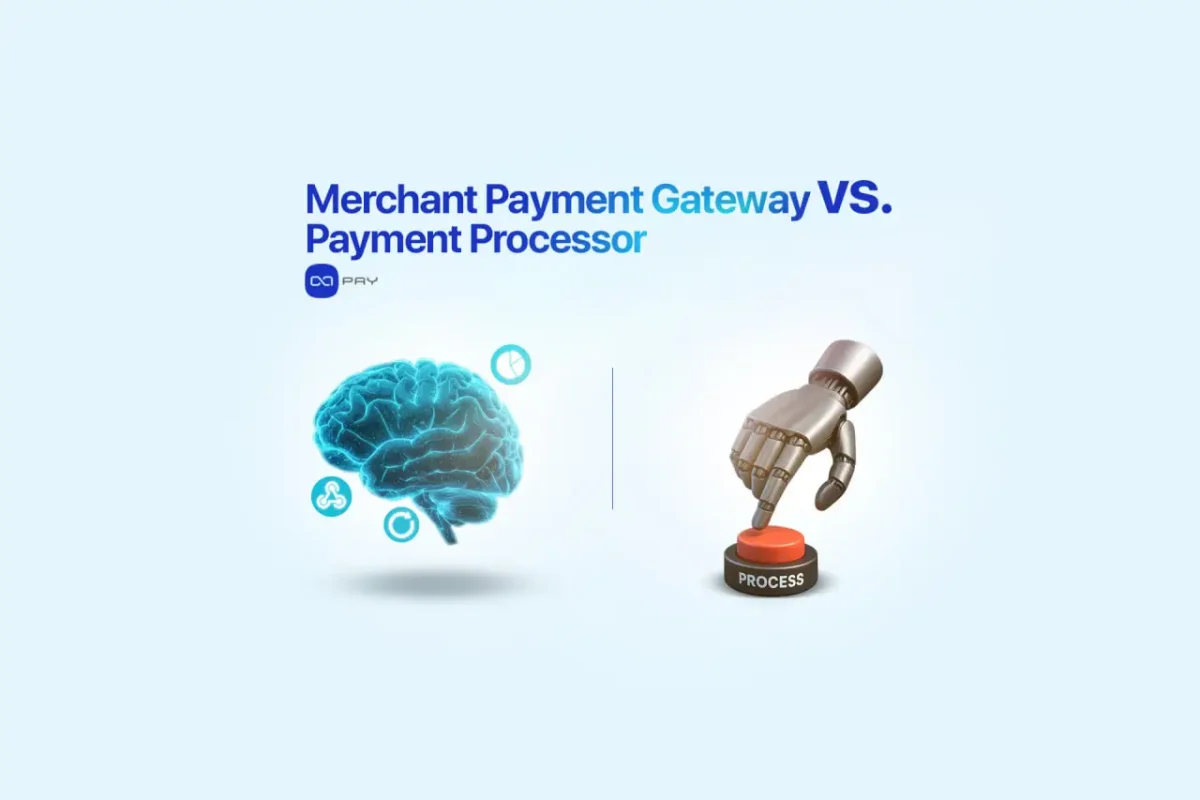
Merchant Payment Gateway vs. Payment Processor
| Feature | Merchant Payment Gateway | Payment Processor |
| Purpose | Handles business-side payment logic | Executes transaction over payment rails |
| Visibility | Full control over each transaction | Often opaque to merchant |
| Customization | High (webhooks, retries, routing) | Low or fixed |
| Merchant Experience | Transparent, programmable | Limited feedback or control |
🔍 Key Insight:
You don’t “choose one”, a gateway typically uses a processor underneath. But your operational control and merchant experience are entirely defined by the gateway layer.
Core Functions of a Merchant Payment Gateway
A. Payment Intent Creation
- Create invoices, payment links, QR codes
- Set amount, currency, and expiration logic
B. Confirmation & Verification
- Confirm whether payment is received, underpaid, or expired
- Enable business logic only upon valid confirmation
C. Retry & Mixed Payment Handling
- Allow partial or underpaid invoices to be completed later
- Support balance completion in different currencies (where applicable)
D. Webhook Triggers
| Webhook Event | Use Case |
| payment_confirmed | Activate service, send confirmation email |
| underpaid_detected | Notify user with retry instructions |
| invoice_expired | Cancel order, log expiration |
E. Settlement & Withdrawal Options
- Receive payments in preferred crypto assets
- Choose manual or automated withdrawals (Auto Withdrawal available)
- Convert volatile assets into stablecoins like USDT or DAI (crypto-to-crypto only, no automatic conversion to fiat)
F. Reconciliation Tools
- Dashboard filters: by customer, coin, time, status
- Export CSV for financial reporting
- Clear audit trail of each transaction
💼 Applied Example
A platform sets invoices to expire after 15 minutes. If partially paid, a webhook triggers and the user gets a link to complete the payment. Once complete, the service is activated and funds are auto-withdrawn daily.
Technical Architecture of Modern Gateways
Merchant payment gateways rely on specific backend structures to support all the business logic:
1. Static Wallet Mapping
Assign a unique, permanent deposit address to each user. Useful for recurring customers, subscription models, or high-frequency platforms.
2. Expirable Invoices with Intelligent Logic
- Set expiration times
- Auto-detect underpayment
- Trigger retry flows, or alert the merchant for review
3. Webhook-Centric Design
Let the business system respond automatically to status changes in payments. This enables:
- Content unlocking
- Order shipping
- CRM updating
4. RESTful APIs
- For developers: create, check, update, or cancel invoices
- For platforms: configure automatic payouts or invoice rules
5. Flexible Treasury Management
- Convert funds to stablecoins
- Withdraw to multiple wallets
- Select blockchain networks (e.g., ERC20, TRC20, etc.)
Designing the Merchant Dashboard Experience
An intuitive dashboard turns technical flexibility into operational power:
- Visual tracking of all payments
- Manual refund options and invoice editing
- Role-based access (admin, finance, support)
- Analytics: top-performing currencies, failed payments, trends
⚙️ UX Priority:
Dashboards must reduce errors, enhance visibility, and let merchants operate without needing a developer on-hand 24/7.
Practical Example: From Integration to Operation
Let’s consider a practical scenario:
- A membership-based e-learning platform uses a merchant gateway.
- Each user is assigned a static address when they sign up.
- When a user pays, the system waits for confirmation via webhook.
- Access is granted, and invoices are logged.
- Underpayments are retried via a prompt.
- At the end of each day, settled funds are auto-withdrawn to the platform’s treasury wallet.
✅ Result: No manual follow-up. Users onboard globally. Cash flow is structured. Support tickets decrease.
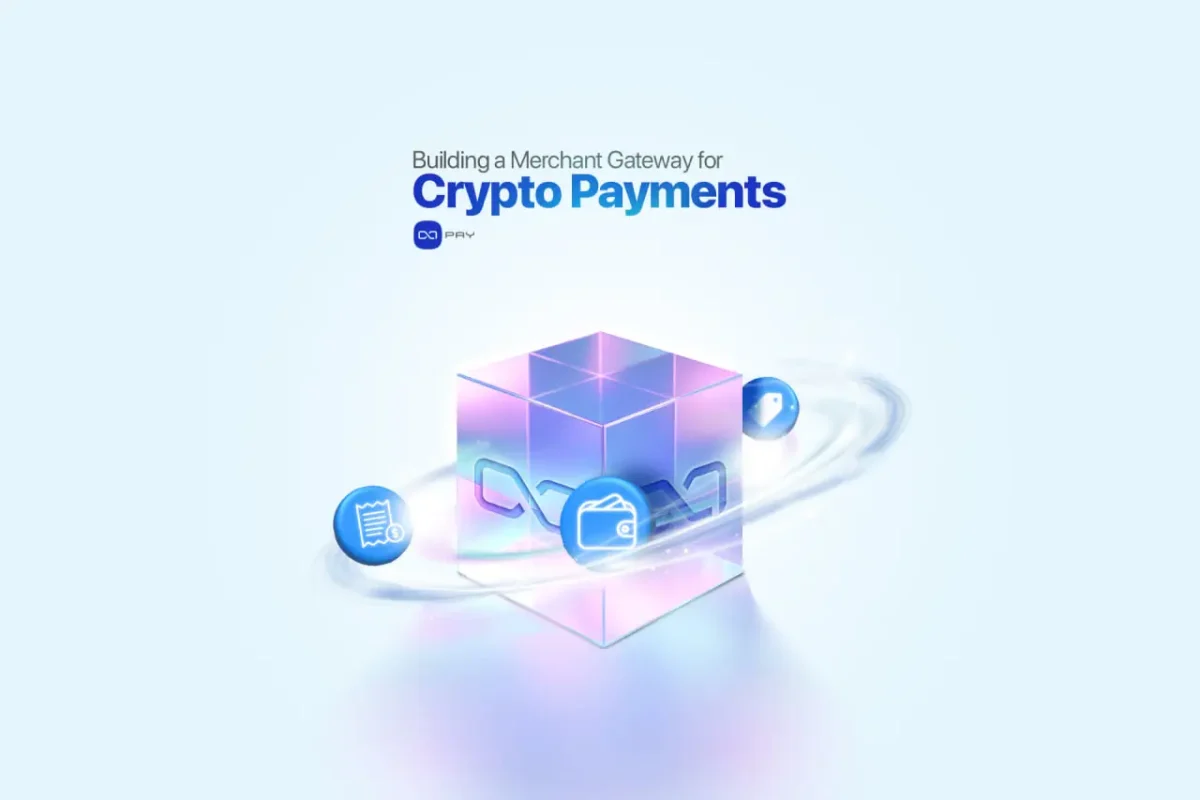
Building a Merchant Gateway for Crypto Payments
Designing a payment gateway for crypto is fundamentally different from building one for traditional fiat systems. Blockchain networks introduce unique opportunities, but also complex constraints, that a merchant-focused system must account for.
🔍 Crypto-Specific Payment Challenges
• Confirmation Time Variability: Payments may take seconds or minutes depending on the network (e.g., Bitcoin vs. Tron).
• Network Fees & Gas Management: Merchants must avoid absorbing high fees or underpayments due to user-side fee miscalculations.
• Address Reuse Risks: Public blockchains expose transactional history, making static addresses potentially sensitive.
• Chain Selection: USDT alone spans multiple chains (ERC20, TRC20, Polygon, etc.), and users often choose based on speed or fees.
📐 Key Design Requirements for Crypto Gateways
- Multi-Chain Support
Gateways must recognize and validate the same token across multiple chains and match it to the right pricing and settlement logic. - Dynamic Retry & Mixed Payment Logic
If a user pays partially, systems must allow topping up with the same or different cryptocurrency, without manual reconciliation. - Smart Webhook Triggering
Instead of simply confirming “paid” or “unpaid”, a crypto-native gateway must trigger granular events:- payment_pending for unconfirmed transactions
- underpaid for short payments
- retry_link_generated for follow-up flows
- Stable Asset Conversion
Gateways must offer automatic conversion to minimize volatility exposure, turning BTC or ETH into USDT or DAI at settlement.
💡 Bottom Line:
A crypto merchant gateway is not just a bridge to a wallet, it is a programmable, chain-aware, and risk-managed infrastructure for real-time blockchain commerce.
OxaPay: A Merchant Gateway Built for Crypto Commerce
OxaPay isn’t just a payment processor, it’s a merchant-centric infrastructure designed to solve the real-world challenges of accepting cryptocurrency. With modular services and automation-ready tools, it adapts to both startups and scaling platforms.
🔧 Key Services Tailored for Merchants
- Invoices with Business Logic
Accept payments through smart invoices that expire, retry, detect underpayment, and trigger actions. - Static Wallets per User
Perfect for subscriptions or repeat customers. Each user gets a fixed address, making tracking and reconciliation effortless. - White-Label Integration
Launch fully branded payment flows under your domain, with your logo, color scheme, and checkout behavior. - Merchant POS for In-Person Crypto Sales
Enable physical businesses to accept crypto payments instantly. Input the amount in fiat, let customers pay in crypto, and confirm transactions in seconds, globally accessible without KYC/KYB.
🧠 Tools That Work for You
OxaPay’s tools are built around merchant needs, not just transactions:
✅ Retry logic – recover lost payments automatically
✅ Webhook automation – trigger access, fulfillment, or emails in real time
✅ Per-service settings – control how each tool behaves (chains, coins, withdrawal rules)
✅ Treasury flexibility – hold or auto-convert into stablecoins, withdraw daily or manually
📊 Operate with Clarity and Control
Every transaction is logged, filterable, and exportable. You don’t need a developer to track your cash flow, resolve errors, or manage payout timing.
📌 Example: A SaaS platform uses static wallets for recurring users, gets notified via webhook when a payment lands, auto-converts to USDT, and settles funds every night, without writing a single line of backend logic.
Conclusion: Gateways Are Infrastructure
A merchant payment gateway isn’t a plugin, it’s a control layer. With the right gateway, businesses can:
- Reduce payment friction
- Automate operations
- Monitor and report at scale
Especially in fast-moving industries like crypto or global e-commerce, having the right merchant gateway determines how well you scale, serve, and stay compliant.
👉 Ready to simplify payments? Explore how OxaPay’s merchant payment gateway helps you reduce friction, automate workflows, and scale globally, without added complexity.
